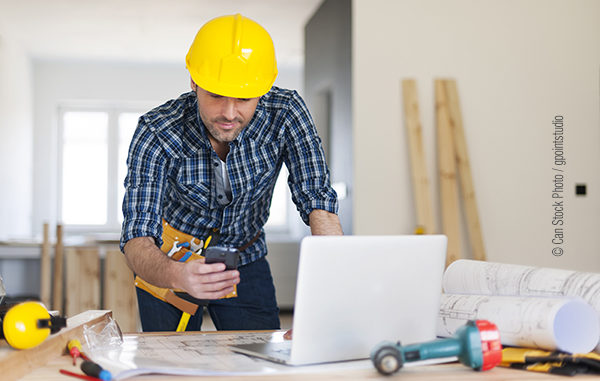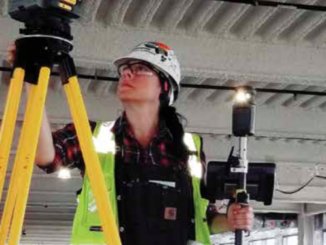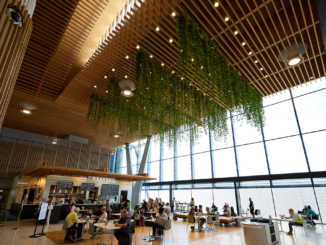
By / MechBiz
Some contractors offering HVAC, plumbing and/or refrigeration services have been considerably impacted by COVID-19, while others have adjusted processes to cope with new product procurement structures and expectations of customers and government agencies, and are as busy as ever.
To help trades professionals continue to serve clients during these changing times, home service and commercial contracting software firm ServiceTitan has compiled advice and best practices from contractors across North America. These are aimed at helping companies provide service to customers during the current crisis, and to prepare for customer expectations when states of emergency are lifted.
Step 1, they advise, is to let your client base know that you’re open and are taking steps to protect their health. This message should be put out via all marketing channels, and should be reinforced in all customer communications. Videos sent to customers and shared on social media are very effective in reassuring clients that your company is taking all necessary precautions, and putting the safety of customers at the forefront of service practices.
And it is also important to ensure that your technicians and other team members have the information they need to be consistent when handling service calls, or requests for service.
“Set expectations that the shop is following guidelines,” explains Tom Howard, ServiceTitan’s vice-president of customer experience. When customers call to request residential service, he says that most contracting companies “are asking if anyone in the home has had any symptoms in the past seven days, and if they have, they ask to reschedule.”
Explaining to customers that there is a need to continue regular servicing of equipment is advisable, says the software provider in its COVID-19 Playbook for Contractors, as is adjusting sales focus toward indoor air quality and water filtration products, since consumers are becoming more concerned about ensuring that they have clean air and water at their homes and places of work.
As with other sectors, like food service, making the mechanical service experience contactless will illustrate to your customers, and your employees, that you are taking their health and well-being to heart. Using a thumbs-up rather than a handshake, taking online payments, sending digital statements rather than printed receipts, and using virtual meeting platforms to conduction meetings and sales calls are all ways to adjust processes.
Where there has been contact with surfaces during the servicing or installing of equipment, ensuring that the technician uses disinfecting wipes and uses proper PPE during the call should also be standard operating procedures—this information about your protocols should also be shared with customers.
“We can acknowledge that it’s awkward to have a conversation from six feet away, and ask customers to not to take it personally that the tech is going to disinfect everything,” says Howard.
Nobody can predict how long the pandemic and viral outbreaks will last, but the world will return to normal at some point and we will come out of this. At that point, says the company, what will be important is not just what happened to us during this time, but what we look like coming out of it, and how well we have positioned ourselves for whatever opportunities will be available then. ■



